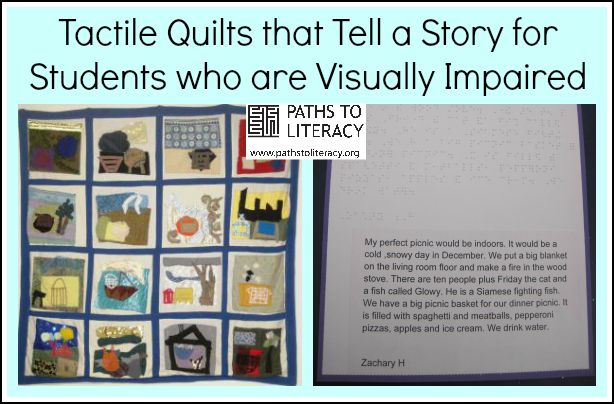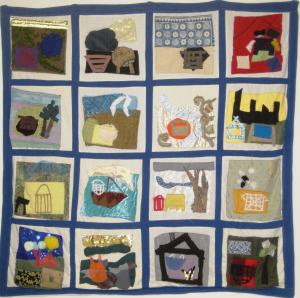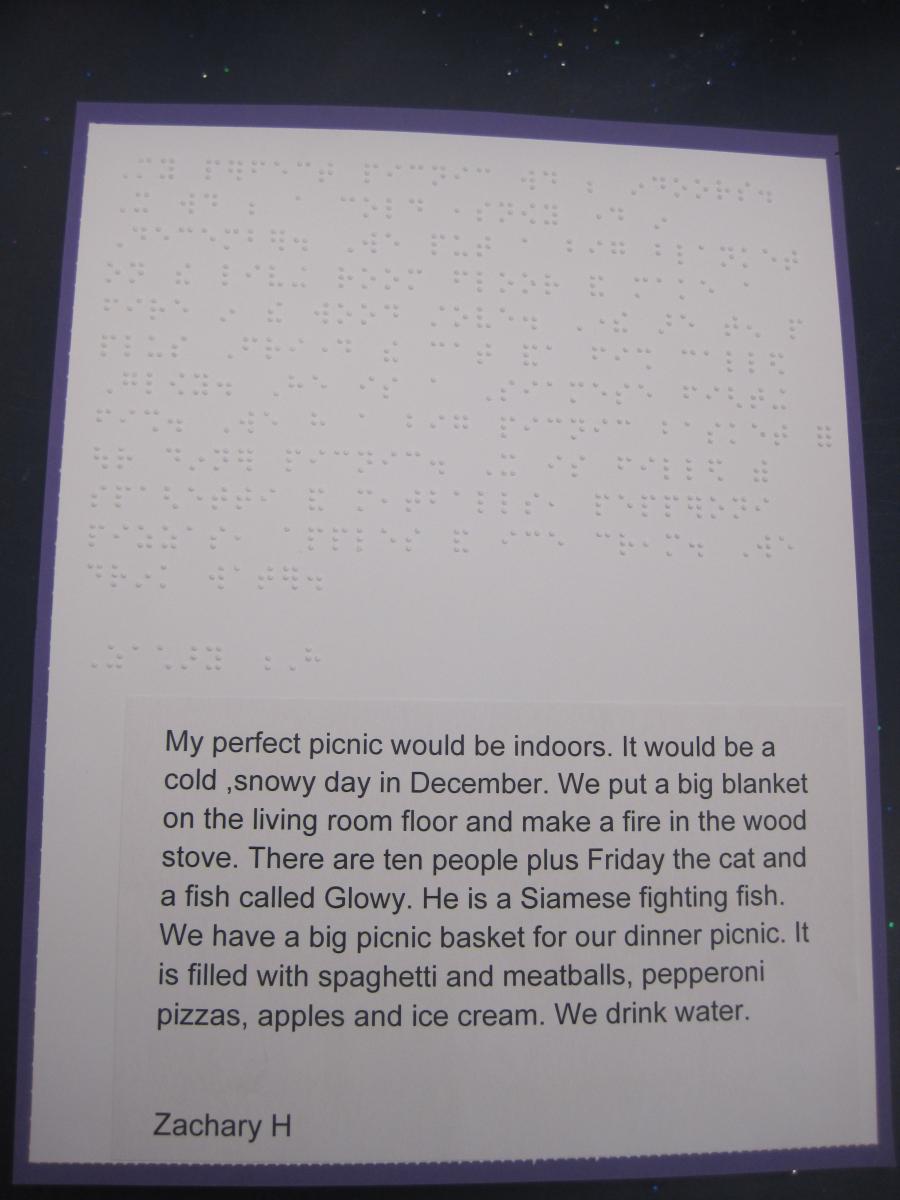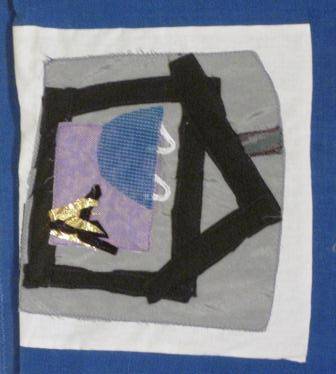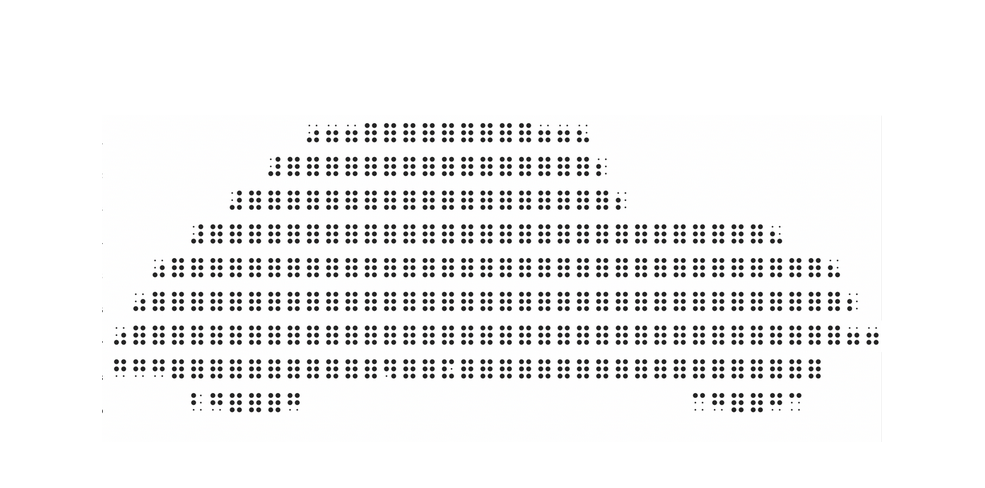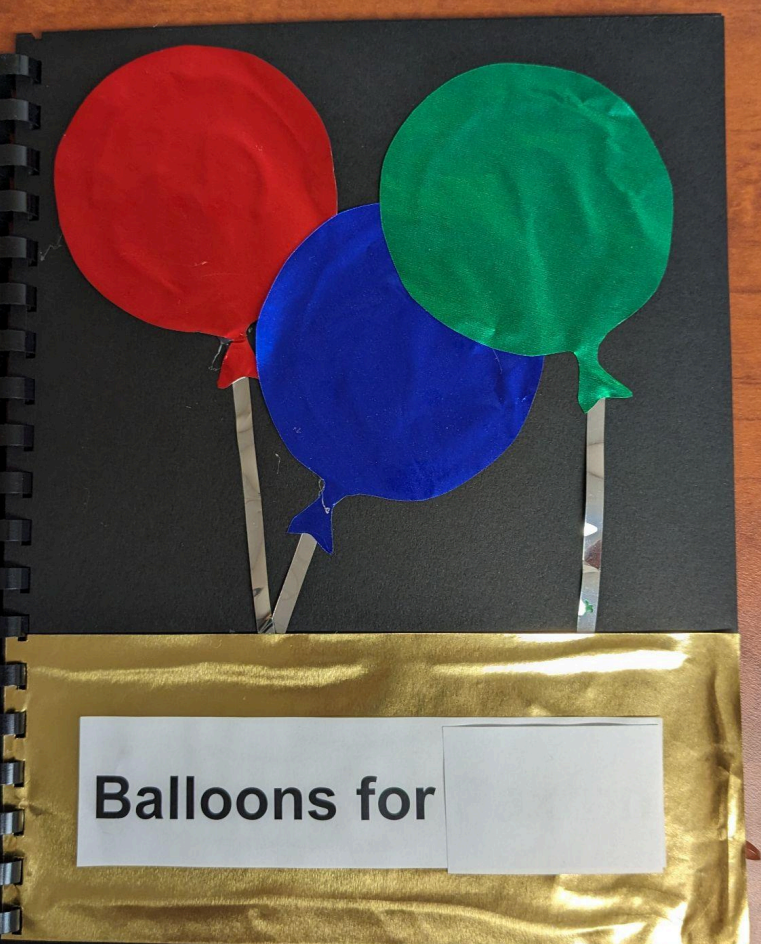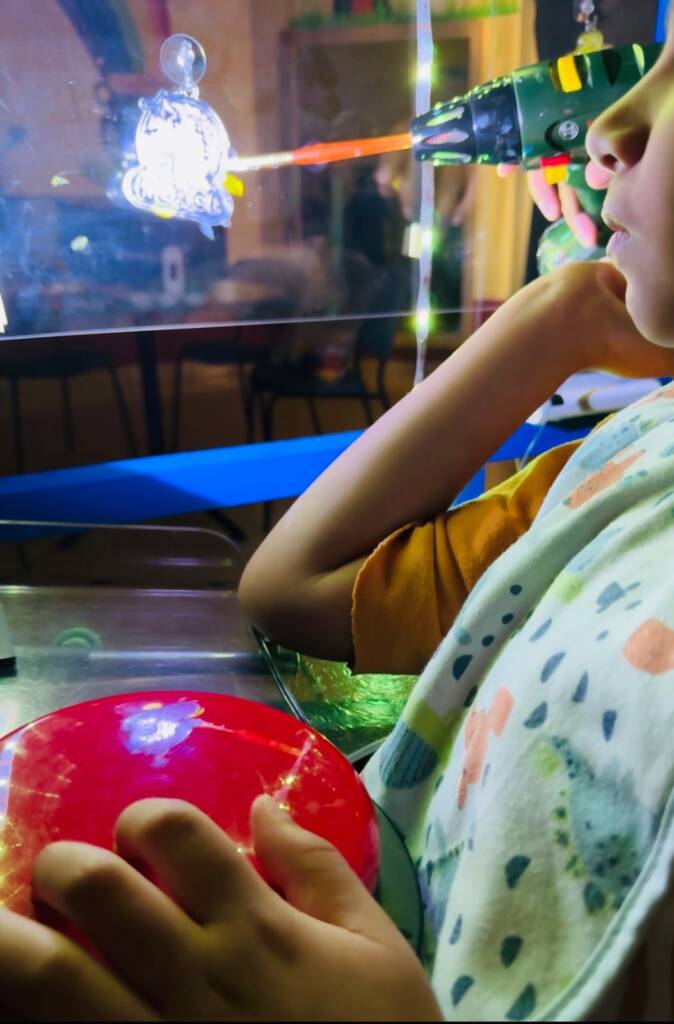Every year a group of students from the Lower School at Perkins School for the Blind makes a quilt in their art class. The students range in age from 7-15 and have a wide variety of visual, cognitive and motor limitations. They are given a set theme to work within. The focus is on increasing their independent skills while also following verbal and tactile cues, as necessary, to complete each square. They decide on an image that represents the theme, choose varied textured fabrics and cut the pieces. Each student then works alongside a staff person to machine appliqué the squares.
Children with multiple disabilities can overcome social, intellectual, and artistic barriers if they are offered the kinds of opportunities that may be taken for granted by others. The learning process involved in creating these quilts attempts to push the limits and stretch the imagination in regards to what may be assumed and expected of those with disabilities. For students who have difficulty writing or with self-expression, creating quilts and the stories that bring their squares to life can be a creative and enriching experience.
The theme of the quilt shown here is “The Perfect Picnic”.
- a variety of fabrics in different colors, textures, sizes
- interesting tactile materials and accessories, such as lace, buttons, ribbon, etc.
- thread
- sewing machine
- Choose a theme for the quilt. Ideas include fairy tales, imaginary animals, water, seasons, what makes me happy, nursery rhymes, etc. Another example is the theme of months of the year, where students wrote poems about the different months. This year the theme is different types of gardens and students will write haiku.
- Decide how many quilt squares you will use. We use 16. An individual student can make her own square or a small group or class can work together to make squares.
- Have students write something that goes with their square. For example when the theme was “The Perfect Picnic”, students thought about questions such as:
- Where did your favorite picnic take place?
- Who was there?
- What did you bring on your picnic?
- What did you eat?
- Was it a breakfast picnic or lunch or dinner?
Students should write the story as independently as possible. Some students may be able to write in braille or print, while others may dictate it.
“My perfect picnic would be indoors. It would be a cold, snowy day in December. We put a big blanket on the living room floor and make a fire in the woodstove. There are ten people plus Friday the cat and a fish called Glowy. He is a Siamese fighting fish. We have a big picnic basket for our dinner picnic. It is filled with spaghetti and meatballs, pepperoni pizzas, apples and ice cream. We drink water.”
The variations are fairly endless, both with the themes and the types of materials that can be used. Students can also make single squares and not a full quilt.
